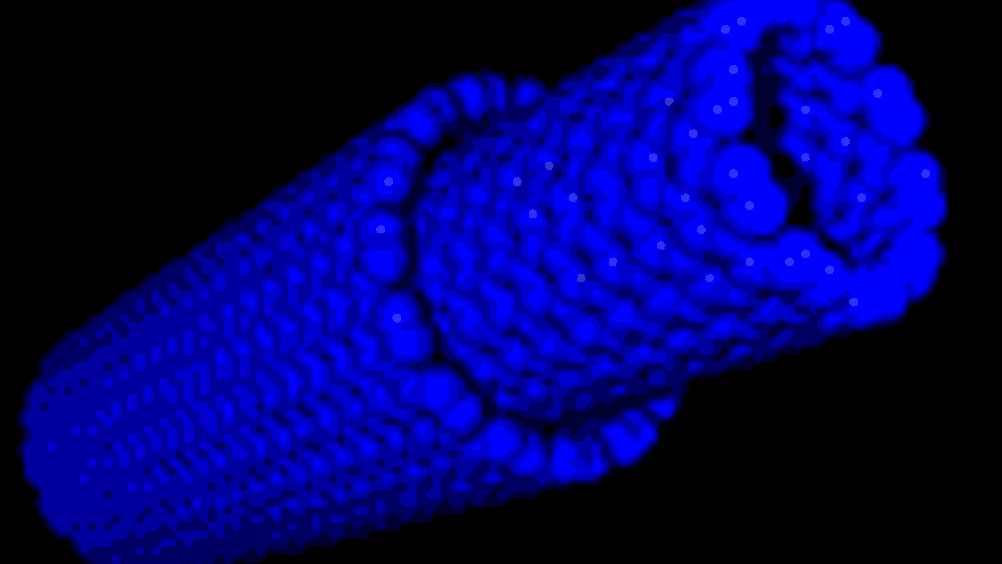Swift signals
Scientists in the US have demonstrated for the first time that carbon nanotubes can route electrical signals on a chip faster than traditional copper or aluminium wires.

A nanotube is commonly made from carbon and consists of a graphite sheet wrapped into a cylinder only a few nanometres wide.
“Our prior research showed that nanotube transistors can operate at extremely high frequencies, but the connections between the transistors were made out of somewhat slower copper, thus forming a bottleneck for the electrical signals,” said Peter Burke, assistant professor of electrical engineering and computer science, and one of the researchers who developed the technology.
“In this technology we show that nanotubes can also quickly route electronic signals from one transistor to another, thus removing the bottleneck.”
Register now to continue reading
Thanks for visiting The Engineer. You’ve now reached your monthly limit of news stories. Register for free to unlock unlimited access to all of our news coverage, as well as premium content including opinion, in-depth features and special reports.
Benefits of registering
-
In-depth insights and coverage of key emerging trends
-
Unrestricted access to special reports throughout the year
-
Daily technology news delivered straight to your inbox










Water Sector Talent Exodus Could Cripple The Sector
Maybe if things are essential for the running of a country and we want to pay a fair price we should be running these utilities on a not for profit...